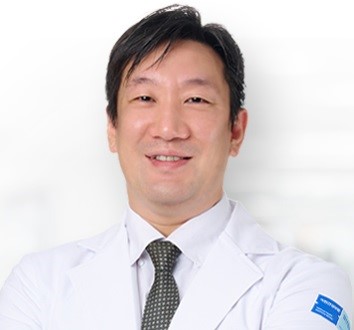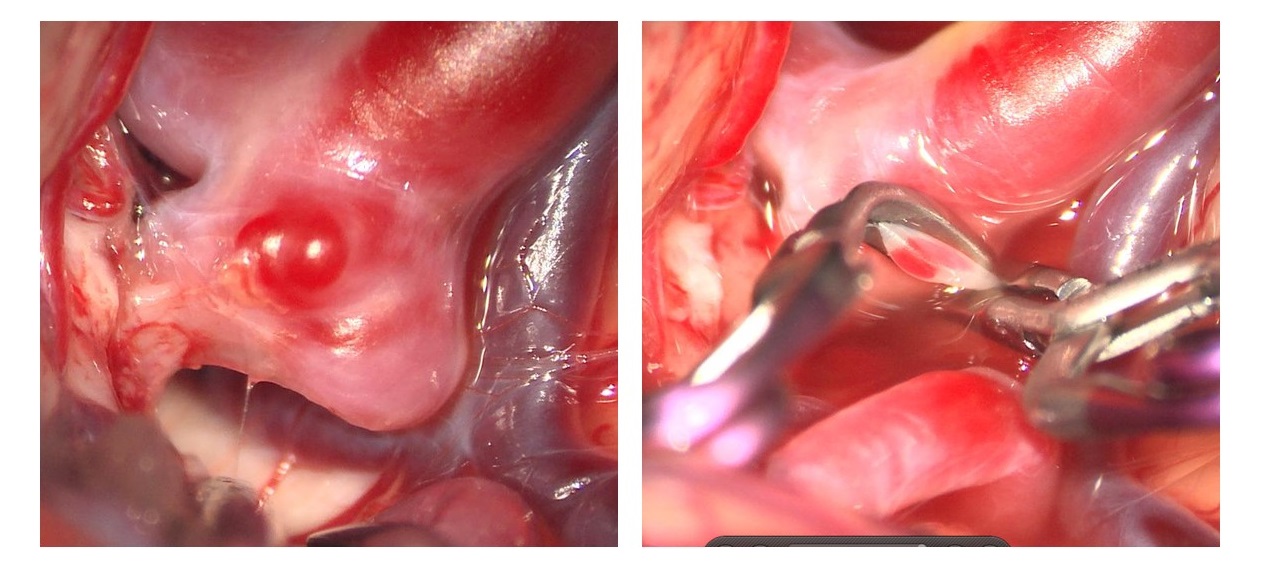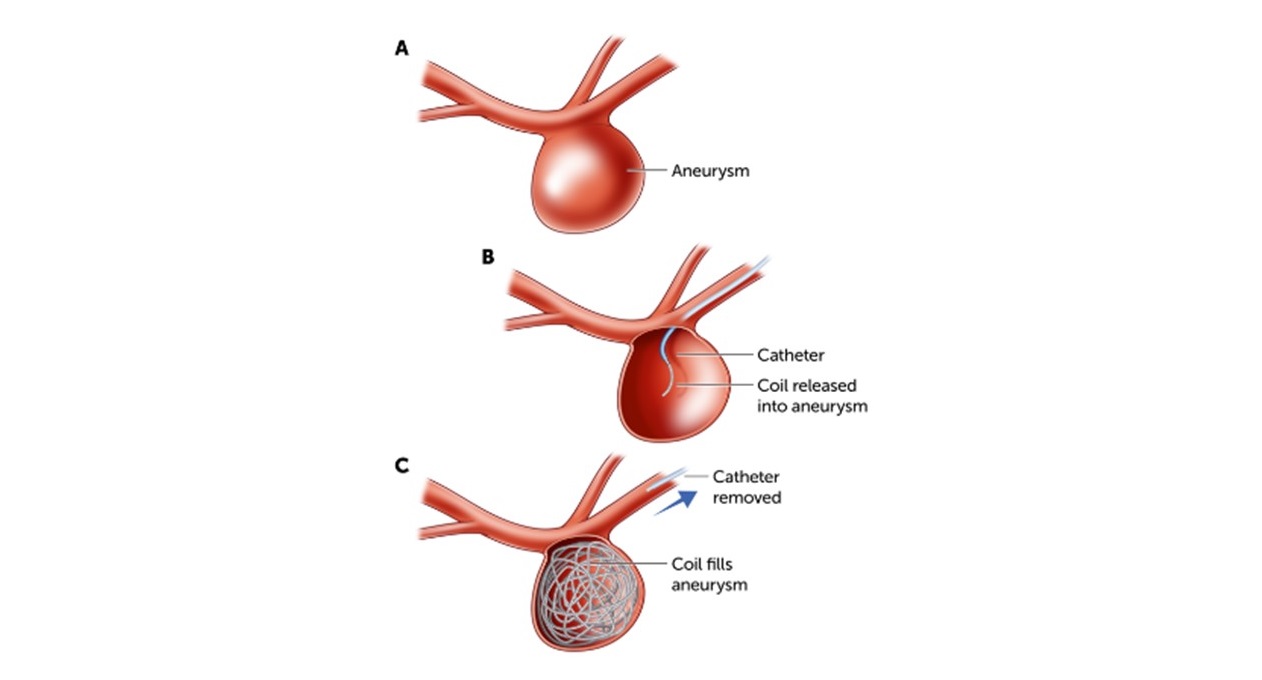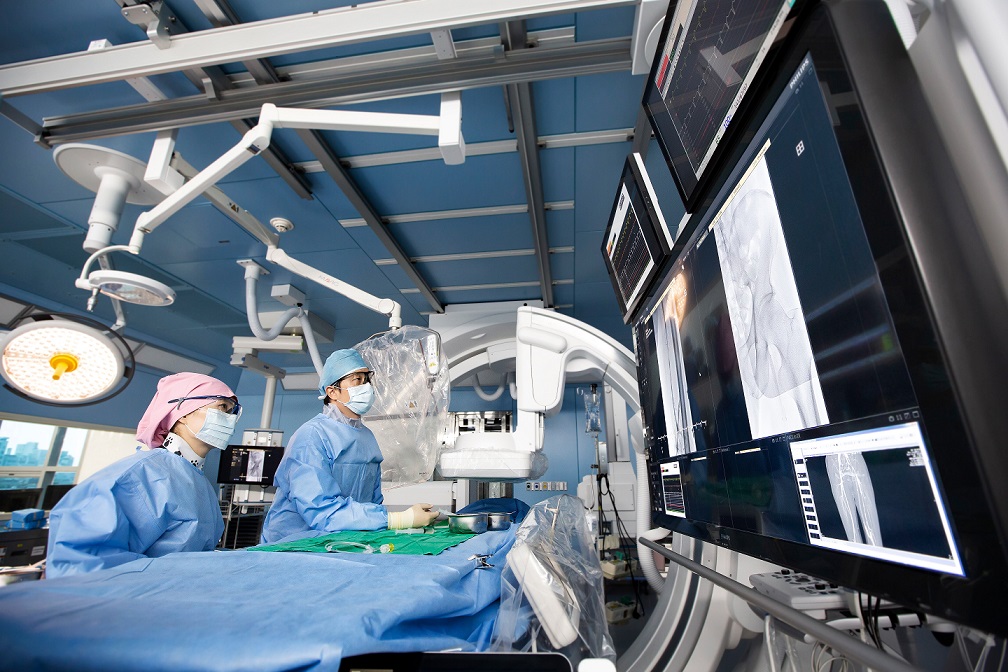[APR. 2024] Expert in Cerebrovascular Surgery and Cerebral Aneurysm Treatment, Pf. Kwon Young Sub...
- Name 관리자
- Date 2024-04-15
Expert in Cerebrovascular Surgery and Cerebral Aneurysm Treatment,
Professor Kwon Young Sub, Department of Neurosurgery,
National Health Insurance Service Ilsan Hospital, Proposes Safe and
Effective Treatment Methods Based on Years of Clinical Experience

Professor Kwon Young Sub
National Health Insurance Service Ilsan Hospital’s cerebrovascular specialist, Dr. Kwon Young Sub, is renowned as an authority in cerebrovascular surgery and the treatment of cerebral aneurysms. He has garnered attention for his safe and effective treatment methods for cerebral aneurysms, based on years of clinical experience while serving as a clinical professor in the Department of Neurosurgery at Yonsei University College of Medicine. As the director of the International Healthcare Center at the National Health Insurance Service Ilsan Hospital, Dr. Kwon actively leads in treating foreign patients.
Q What causes cerebral aneurysms?
“Cerebral aneurysms, where the blood vessel wall bulges like a balloon, require extra caution especially during transitional seasons. Since they often show no symptoms before rupturing, they are considered a dangerous condition, sometimes referred to as a time bomb in the head.
The exact cause of cerebral aneurysms is not clearly understood, but it is mostly presumed to involve both genetic factors and acquired degenerative changes. Genetic factors play a significant role in the occurrence of cerebral aneurysms, and continuous hemodynamic stress on the vascular wall contributes to the development of aneurysms. As an aneurysm gradually expands, it may eventually rupture when it reaches a certain size, leading to cerebral hemorrhage.
Additionally, vascular inflammation, vascular wall damage due to trauma, cerebral vascular diseases such as arteriovenous malformations, and moyamoya disease can also contribute to the development of cerebral aneurysms. Other risk factors include smoking, hypertension, and a family history of aneurysms in two or more first-degree relatives.
Recently, there has been an increase in the number of people undergoing brain MRA during health check-ups, leading to early detection and treatment of cerebral aneurysms before they rupture.”
Q Please explain the treatment methods for cerebral aneurysms in detail.
“The treatment of cerebral aneurysms is mainly divided into surgical clipping and endovascular coiling. Surgical clipping involves making an incision in the skull to locate the aneurysm and then applying a clip to the neck of the aneurysm to eliminate it.
Endovascular coiling, on the other hand, does not require an incision. It involves inserting a guidewire and a very thin catheter into a blood vessel in the leg and threading it up to the head along the blood vessel. Once the microcatheter is positioned inside the cerebral aneurysm, platinum coils are inserted to block the blood flow. The treatment method is determined based on the characteristics of the cerebral aneurysm and the condition of the patient.


Surgical clipping
Among the two treatment methods, endovascular coiling is being performed increasingly more frequently in recent times due to its shorter recovery and hospitalization periods. After treating cerebral aneurysms, regular follow-up imaging tests are necessary to ensure the stability of the treatment outcome.


Endovascular coiling
At the National Health Insurance Service Ilsan Hospital, in cases requiring emergency procedures, the recently established hybrid operating room allows for swift examination and treatment simultaneously. This setup enables the seamless integration of diagnosis, procedures, and surgeries necessary in the treatment process of vascular diseases, ensuring the effective management of the golden time for emergency vascular disease patients, including those with heart, brain, aortic, and venous conditions, thereby enhancing treatment efficacy.”

Professor Kwon Young Sub currently practices cerebrovascular surgery, treating conditions such as cerebral vascular diseases, cerebral aneurysms, cerebral vascular interventions, head trauma, and cardio-cerebrovascular diseases, at the National Health Insurance Service Ilsan Hospital. He also expressed his commitment to continue his clinical and research activities in the related field.
Located in Ilsan, Goyang City, Gyeonggi Province, near Incheon International Airport, the National Health Insurance Ilsan Hospital has been selected as a smart hospital in South Korea, initiating pilot projects in this regard. It focuses on treating not only cerebral aneurysms but also severe diseases such as pediatric brain tumors and prostate cancers and provides medical care to international patients.
Website: https://www.nhimc.or.kr/eng/index.do